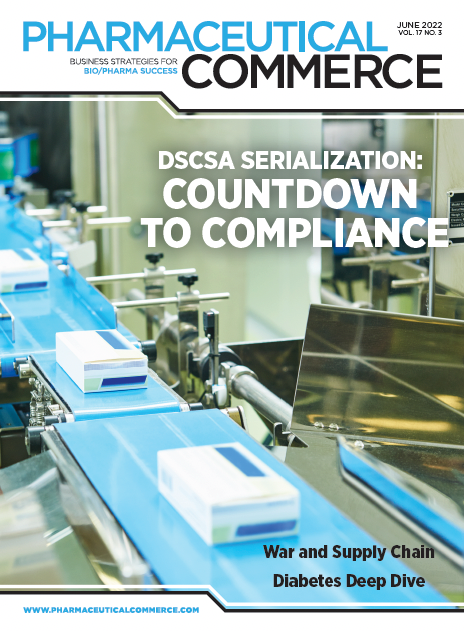Setting Science Free
Years ago, I had a job at AOL. Remember them? In a certain era, for a certain generation, it was the only way to get online. At that time, I had a desk upon which I had a huge CRT monitor connected to a PC tower. It was the only place I could get onto the internet. I was stuck in front of a machine that was, in turn, hooked up to a phone line that gave me an online experience that pales in comparison to what we all enjoy now.
Today, I can do almost everything I want—book a hotel, watch a movie, go shopping—from anywhere, with nothing more than the phone in my pocket. The connection between what we can do online, with computing, and a physical location has long been broken. Here is my prediction: the same transformative upheaval is coming in the life sciences. It will happen within the decade, and it will be contract development and manufacturing organizations (CDMOs) that lead the way.
In the early days of the pandemic, the global response from the life sciences was an inspiration. It told us, among many other things, that rapid development for the biomanufacturing industry has never been more vital. With the explosion of therapeutic modalities in recent years, it also told us that the role of the CDMO is only going to become more important. As biotechnology continues to step up to the world’s biggest problems, this need will accelerate. Both growing and established pharma organizations will look to CDMOs to augment their capabilities which will, in turn, grow their capacity and spur the founding and funding of many more.
In the eye of this perfect storm, the differentiating factor CDMOs will look for is technology. The ones who are unencumbered by legacy tech, the ones who can build out their operations in a radically different way, these are the organizations that will take the lead and break new ground. They’ll do this in two ways. The first is with powerful, sophisticated automation equipment that gives them the capacity they need to do high throughput work. The second—and this is what will separate the wheat from the chaff—is cloud computing.
The needs of any given CDMO are different from other organizations in the life sciences. They must keep many plates spinning at once: different stakeholders, different projects, different products. There’s a lot happening at the same time, which means even more can go wrong. The biggest pain point in all of this? Communication. How do you communicate with all your different stakeholders, about all their different projects and products, in a simple, standardized way that everyone can understand? Right now, you don’t.
We need a common language and a platform through which science can be communicated. Where else would a common language flourish but in the cloud? With this, the sharing of protocols, workflows, data, metadata, ideas, and information becomes trivial. If you’re a scientist working with a CDMO on the other side of the world and you want to update the protocols they’re using, this is simple. If you’re a CDMO a thousand miles away from your client, you’ll be able to give them access to a stream of live-updating data in the format they need for their peace of mind.
It’s already starting to happen. It’s happening for clients of ours. Based entirely in the cloud, Synthace’s platform gives scientists a new and far more powerful way to design, execute, and, most importantly, communicate the work they want to do. Because it translates instructions into machine code, it bridges the gap between the intangible world of experiment design into the tangible world of experiment execution, and back again into the intangible value of structured, context-rich data.
Science wants to be free. Just like my old PC tower transforming into the smartphone in my pocket, the ability to unleash science begins when we untether the what from the where. Cloud-based automation technologies that bridge the gap between science and the physical world are vital to the continued success of biotech in the coming decade, and I am truly excited to see how the coming years play out. CDMOs will be the first to lead the way, of course. But who will follow first?
About the Author

Guy Levy-Yurista, PhD, is CEO of Synthace.
